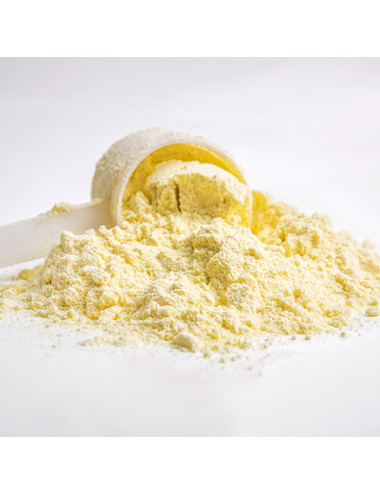- -15%








(editar con el módulo de Información de seguridad y confianza para el cliente)
(editar con el módulo de Información de seguridad y confianza para el cliente)
(editar con el módulo de Información de seguridad y confianza para el cliente)
Secure payment
This product is not available at the moment
Alpha-Lipoic acid, also known as thioctic acid or ALA in the short version. ALA it´s involved in several metabolic processes as cofactor, so it´s important to maintain good levels of this substance and, as an organic compound, acts as a powerful antioxidant in the body.
Its chemical nomenclature is 1,2-dithiolane-3-pentanoic acid. As a sulfur containing substance, ALA is considered a thiol compound. ALA exists in two optical isomers forms, R and S. After oral intake, ALA is absorbed by the gastrointestinal tract and is transported to different organs such as brain because it has the potential of freely cross the blood–brain barrier.
Naturally occurring alpha lipoic acid is found in its R-form bound to proteins, whereas in supplements lipoic acid is often found in free form. Unlike other antioxidants, alpha lipoic acid has the ability to act in both fatty and aqueous media. This characteristic gives it a great advantage over other antioxidants.
*The US FDA has not evaluated these ingredient claims. The nutraceutical ingredient is not intended to diagnose, treat, cure or prevent any disease.
**In order to view prices, technical sheets and buy products, you must be logged in

Fatty acid also known as ALA. Strong antioxidant properties, which may reduce inflammation and skin aging, promote healthy nerve function, lower heart disease risk factors, and slow the progression of memory loss disorders (POWDER)